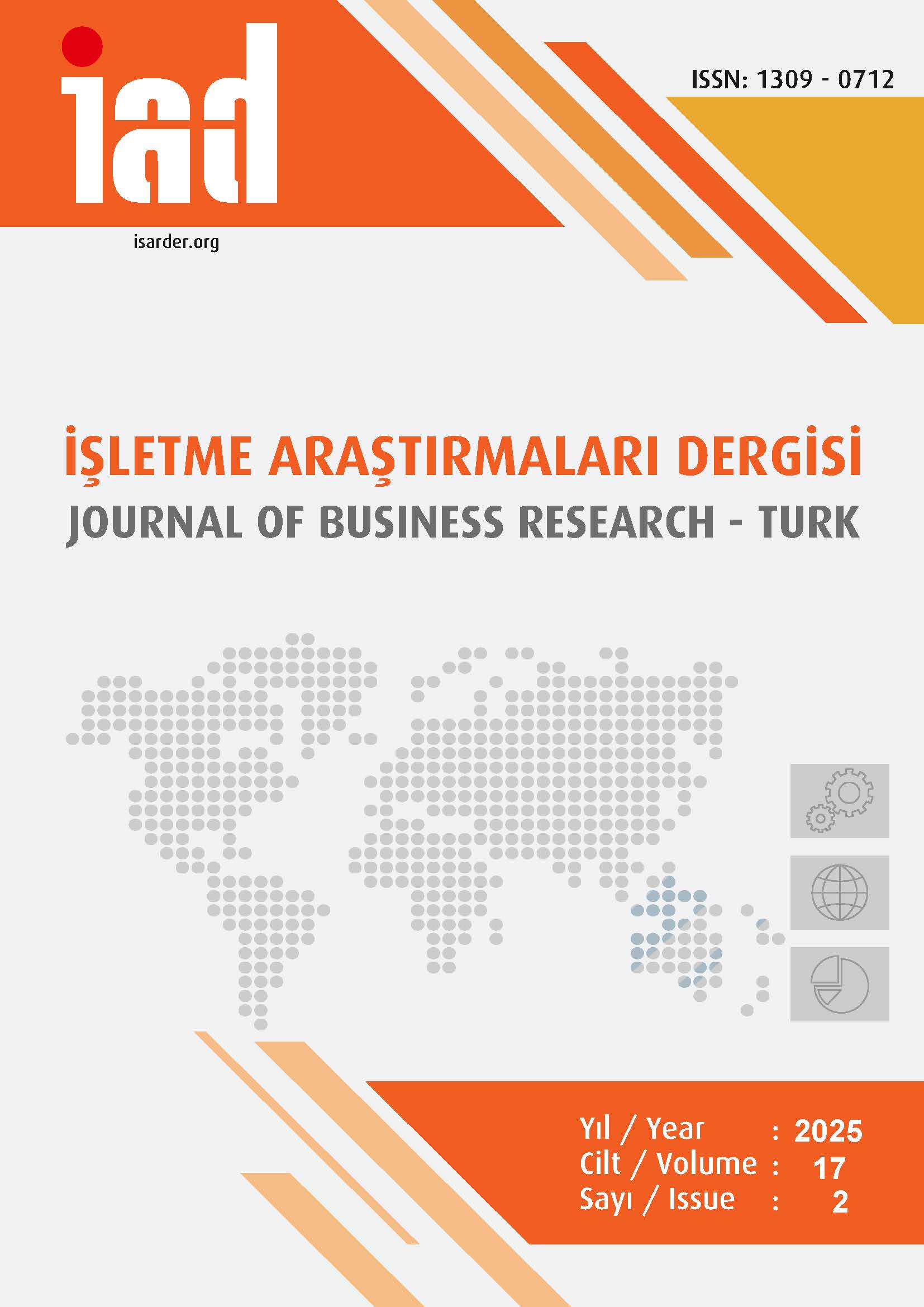Stock Price Prediction with LSTM and GRU Hybrid Model: An Application on the Turkish Stock Market and Model Comparisons
DOI:
https://doi.org/10.20491/isarder.2025.2009Keywords:
Stock price prediction, LSTMAbstract
Purpose – Stock price forecasting is a crucial task in financial markets, requiring accurate and reliable models to support investment decisions. Traditional statistical methods often fail to capture the nonlinear and highly volatile nature of financial time series. To address these limitations, this study proposes a hybrid deep learning model combining Long Short-Term Memory (LSTM) and Gated Recurrent Unit (GRU) architectures. The primary objective of this research is to evaluate the performance of the LSTM-GRU hybrid model in stock price prediction and compare it against other hybrid models, including LSTM-CNN, LSTM-AUTOENCODER, and LSTM-TRANSFORMER. Design/methodology/approach – The study employs daily stock price data from 2020 to 2023, obtained from Yahoo Finance, covering multiple companies listed on the Turkish stock market. The dataset includes open, high, low, close prices, and trading volume, which were normalized using the MinMaxScaler technique. The LSTM-GRU model was trained and evaluated using Root Mean Squared Error (RMSE), Mean Absolute Error (MAE), Mean Absolute Percentage Error (MAPE), R², and Mean Squared Error (MSE) metrics. Furthermore, the model's predictive accuracy was benchmarked against LSTM-CNN, LSTM-AUTOENCODER, and LSTM-TRANSFORMER hybrid models to assess its relative effectiveness. Findings – Experimental results indicate that the LSTM-GRU hybrid model outperforms other hybrid architectures in terms of accuracy and robustness. Specifically, the model achieved the lowest RMSE and MAE values, demonstrating high predictive accuracy for stock price movements. The R² values suggest that the model effectively captures the underlying structure of stock price fluctuations. Moreover, while LSTM-CNN and LSTM-AUTOENCODER models exhibited reasonable accuracy, the LSTM-TRANSFORMER model demonstrated significantly lower predictive performance, suggesting its limitations in financial time series forecasting. Discussion – The findings highlight the superior performance of the LSTM-GRU model in financial forecasting, making it a reliable tool for investment decision-making. The study further suggests that hybrid deep learning models, particularly those incorporating both LSTM and GRU, are more effective in capturing the complex dependencies of stock price data compared to alternative architectures. Future research should explore hyperparameter optimization, real-time market adaptation, and the inclusion of macroeconomic indicators to enhance the model’s predictive capabilities.
Downloads
Published
How to Cite
Issue
Section
License

This work is licensed under a Creative Commons Attribution-NoDerivatives 4.0 International License.





